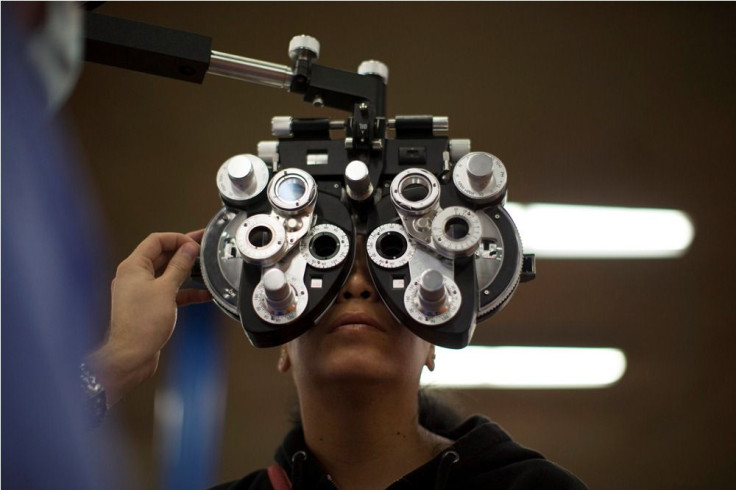WiFi Enabled Synthetic Eyeballs Could Soon Be A Reality

A beautiful pair of human eyes does not necessarily mean that they are free of defects. Some may lose their ability to focus things or some might get irritated under a stimulus. However, Italian startup MHOX envisions to create fully functional synthetic eyeballs, which will be totally free of such anomalies.
MHOX has developed a concept called EYE or Enhance Your Eye which will make use of a 3D bioprinter to form a pattern of different cells in a certain structure and alignment. Different cells will be “dropped” with the help of a needle in the 3D bioprinter. These machines are already known to make synthetic counterparts of organs, including kidneys, ears and blood vessels. However, the eyes were not included so far because of the complexity in their structure.
"Developments in bioprinting and biohacking let us imagine that in the near future, it would be possible to easily print organic, functional body parts, allowing the human to replace defected districts or enhance standard performance," said lead designer Filippo Nassetti, reported Popular Science.
Nassetti's envision to create three types of synthetic cells for the users—Heal, Enhance and Advance. Heal would be the basic option for the patients suffering from eye-related diseases of traumas. Enhance would provide an option for using colour filters, with a boot vision up to 15/20. The Advance would be a futuristic organ with an option to get connected to WiFi and recording whatever its user is observing or seeing.
People interested in using the EYE system will have to get their eyes removed surgically. The natural eyes will then be replaced with a pair of artificial retina called Deck. The Deck will be connected to the brain and will provide an option for the user to change the eyeballs.
According to The Independent, the EYE designers estimate that the biosynthetic eye products will be ready to hit the market shelves by 2027. However, a lot of challenging tasks need to be completed to fulfil the ambition of the synthetic eyes.
To report a problem or to leave a feedback on the article, send an e-mail to emailtoguneet@gmail.com.




















